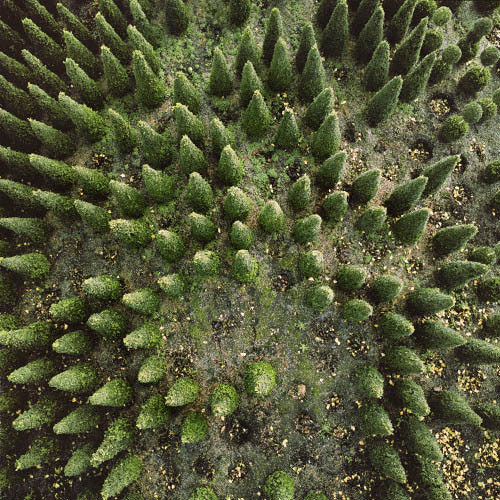 [Image: 020 by Gerco de Ruijter, 28" x 28", from Baumschule (2008-2010), courtesy of the artist].
[Image: 020 by Gerco de Ruijter, 28" x 28", from Baumschule (2008-2010), courtesy of the artist].Dutch photographer Gerco de Ruijter recently got in touch with an extraordinary series of aerial photographs called Baumschule—some of which, he explains, were taken using a camera mounted on a fishing rod.
The series features "32 photographs of tree nurseries and grid forests in the Netherlands."
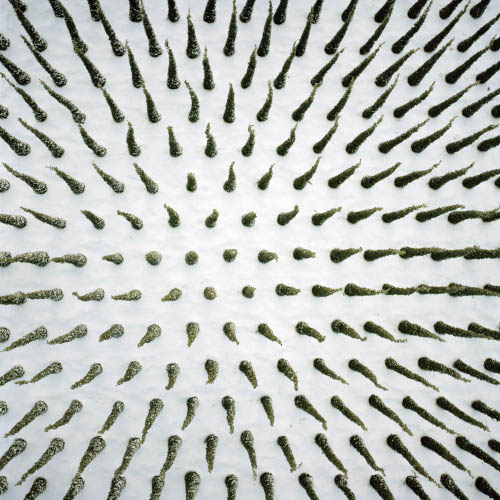 [Image: 010 by Gerco de Ruijter, 28" x 28", from Baumschule (2008-2010), courtesy of the artist].
[Image: 010 by Gerco de Ruijter, 28" x 28", from Baumschule (2008-2010), courtesy of the artist]."How abstract can a landscape become while remaining a landscape?" de Ruijter asked himself. "I tried to find the answer to this question during extended travels, by searching for a fully natural landscape, not manmade, and lacking any cultural presence. I found these 'natural-born' sites in New Mexico—deserts formed by rocks and sand and all forms of erosion. A barren landscape, too, with scarce vegetation."
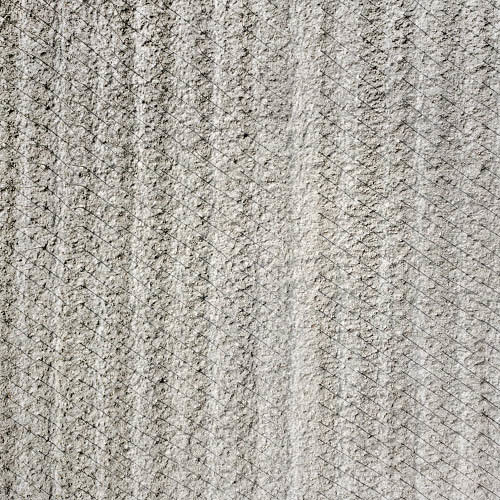 [Image: 014 by Gerco de Ruijter, 28" x 28", from Baumschule (2008-2010), courtesy of the artist].
[Image: 014 by Gerco de Ruijter, 28" x 28", from Baumschule (2008-2010), courtesy of the artist].But this same research—a quest for a kind of inhuman authenticity of the surrounding terrain—eventually brought him to the hyper-artificial landscapes of tree farms and nurseries in the Netherlands.
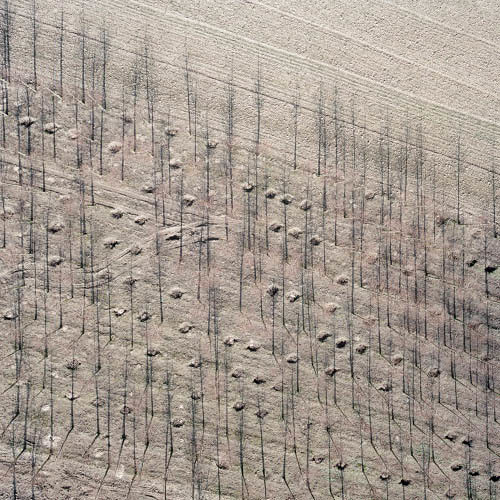 [Image: 005 by Gerco de Ruijter, 28" x 28", from Baumschule (2008-2010), courtesy of the artist].
[Image: 005 by Gerco de Ruijter, 28" x 28", from Baumschule (2008-2010), courtesy of the artist].He thus set about visually documenting what he calls "the Dutch culturally defined landscape":
- The Dutch landscape was efficiently drawn with functionality in mind on the drawing boards of urban and rural planners. Tulip fields, hothouses, land worked by farmers on tractors with their GPS handy.
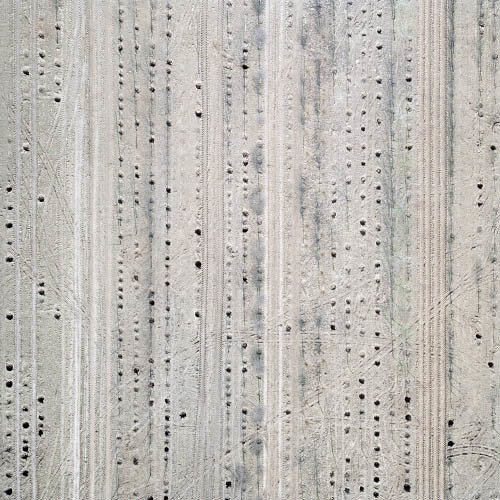 [Image: 009 by Gerco de Ruijter, 28" x 28", from Baumschule (2008-2010), courtesy of the artist].
[Image: 009 by Gerco de Ruijter, 28" x 28", from Baumschule (2008-2010), courtesy of the artist].Returning to the original question—"How abstract can a landscape become while remaining a landscape?"—de Ruijter suggests that "all of these objects arranged to form rows create a new form of abstraction, not because of the image’s emptiness but, to the contrary, because of the presence of so many 'things,' and their patterns and rhythms," as if we could farm and harvest barcodes directly from the ground.
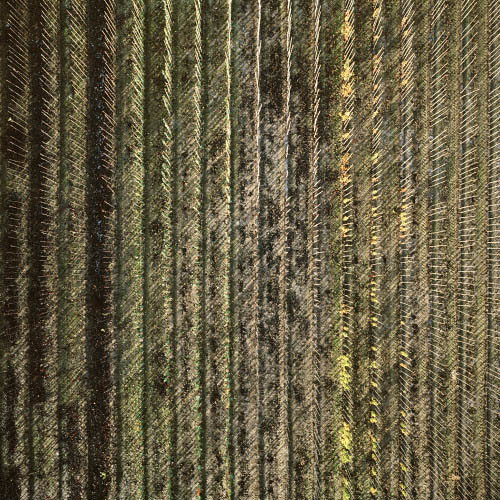
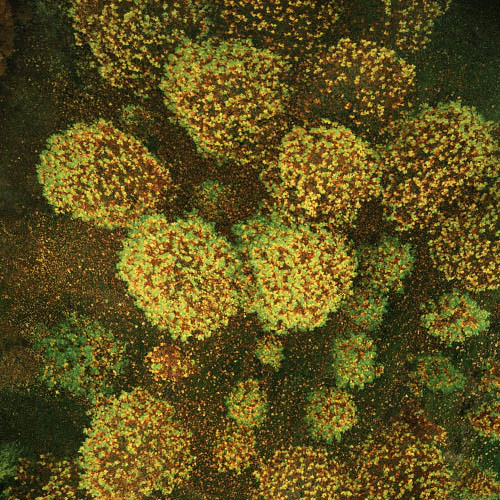 [Images: 007 and 032, all by Gerco de Ruijter, 28" x 28", from Baumschule (2008-2010), courtesy of the artist].
[Images: 007 and 032, all by Gerco de Ruijter, 28" x 28", from Baumschule (2008-2010), courtesy of the artist].Indeed, "I found an enormous variety of visual elements," he adds. "They show up not just because of the different seasons, but also through the stratification of the land. Trees, soil, holes. The combination of a tight grid and the camera’s central perspective results in a distinct depth, while on a cloudy day fore and background may slide into each other."
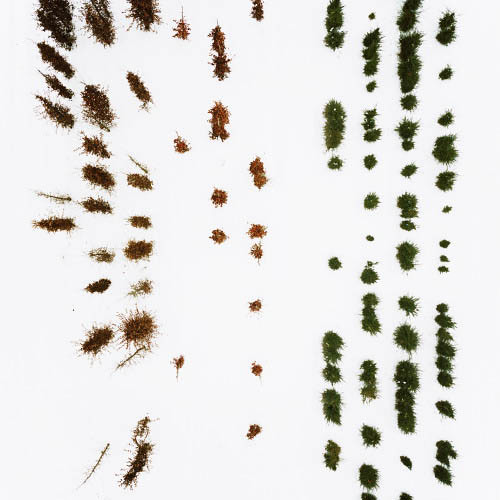 [Image: 002 by Gerco de Ruijter, 28" x 28", from Baumschule (2008-2010), courtesy of the artist].
[Image: 002 by Gerco de Ruijter, 28" x 28", from Baumschule (2008-2010), courtesy of the artist].To take these photos, de Ruijter used both kite photography and even "a long fishing rod."
He describes how the process worked: "On top of this rod is a 2.5" x 2.5" camera with a wide-angle lens. A self-timer is adjusted to give me enough time to telescope the rod and manoeuver the camera above the subject. The frame of the image begins in front of my own shoes and measures roughly 30' x 30'."
 [Image: 001 by Gerco de Ruijter, 28" x 28", from Baumschule (2008-2010), courtesy of the artist].
[Image: 001 by Gerco de Ruijter, 28" x 28", from Baumschule (2008-2010), courtesy of the artist].It is fascinating to see, though, when the arboreal vitality of the trees overcomes the grid they're planted in, to become fractally expressive of a different formal logic, one that exceeds any agricultural formatting of the landscape.
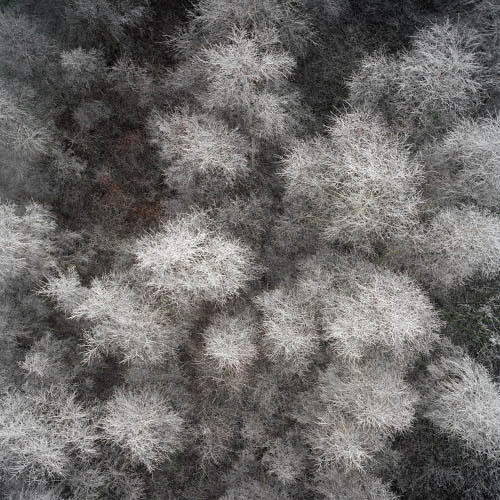 [Image: 028 by Gerco de Ruijter, 28" x 28", from Baumschule (2008-2010), courtesy of the artist].
[Image: 028 by Gerco de Ruijter, 28" x 28", from Baumschule (2008-2010), courtesy of the artist].I should also point out that I recently found some great views of a tree farm on Google Maps, a strangely dot-matrix landscape that appears more cryptographic than botanical—an emergent garden of living QR codes.
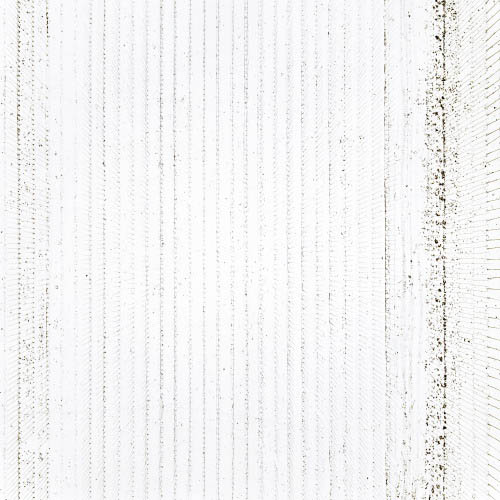 [Image: 008 by Gerco de Ruijter, 28" x 28", from Baumschule (2008-2010), courtesy of the artist, a great example of how the "fore and background may slide into each other," as the photographer describes it].
[Image: 008 by Gerco de Ruijter, 28" x 28", from Baumschule (2008-2010), courtesy of the artist, a great example of how the "fore and background may slide into each other," as the photographer describes it].Gerco de Ruijter's Baumschule series is currently on display in its entirety at the Stedelijk Museum Schiedam, where it opened last week. It closes on April 10.
Không có nhận xét nào:
Đăng nhận xét